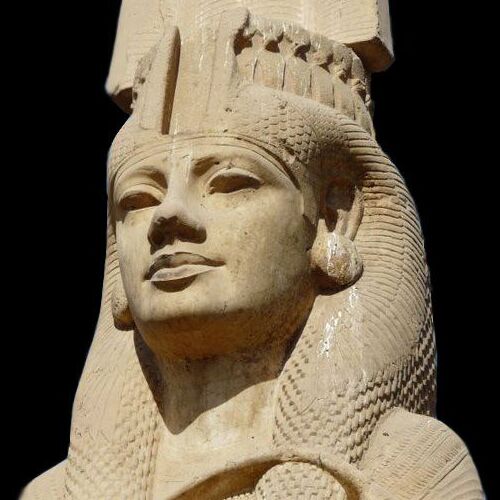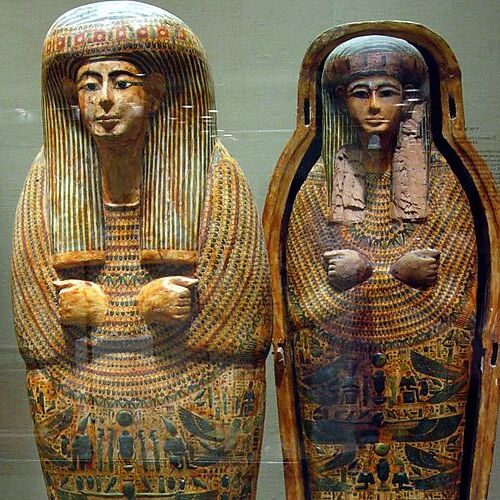No other nation in the world says ‘Welcome’ as often as the Egyptians, and every time, they mean it. While the ancient civilization of Egypt continues to amaze, contemporary Egyptians are equally remarkable.
History Legacy
Akhmim History Legacy: Tracing Back Millennia of History
Akhmim, nestled in Egypt’s Sohag province, is a city of many names and a mosaic of history. Known to the ancient Egyptians as Apu, Khent-min, or Ipu, and to the Greeks as Chemmis, Panopolis, or Khemmis, this city has been a cultural crossroads throughout the ages. It’s believed that Yuya, a notable official under kings Amenhotep III and Tuthmosis IV, hailed from Akhmim.
The city’s spiritual landscape was dominated by the worship of Min, revered as “the strong Horus.” This ithyphallic deity, equated with the Greek god Pan, was venerated in a temple dedicated to Perseus. The Greek philosopher Herodotus observed that Akhmim’s (then Chemmis) festivals honoring Perseus mirrored Greek traditions, with games and prizes. Intriguing artistic representations depict worshippers from diverse regions, including Nubians and residents of what is now Eritrea and Sudan (formerly Punt), paying homage to Min.
However, Herodotus’ accounts might be conflated with the city of Coptos, given Min’s widespread veneration along Egypt’s eastern desert routes, where Coptos was a central hub for both trade and festivities.
In the Christian era, Coptic Akhmim was known as Shmin/Kmin/Kmim, likely pronounced as Khmin or Khmim. The region was a cradle of monastic life, with the revered Archimandrite Shenouda residing near Akhmim. Notably, Nestorius, the exiled former patriarch of Constantinople, spent his last days in this area.
Akhmim also claims the birthplace of the 4th-century Greek poet Nonnus. The city, once a bishopric known as Panopolis, was acknowledged in the Catholic Church’s list of titular sees, overseen by influential bishops like Sabinus, Menas, and Arius, a friend of Saint Pachomius who established three sanctuaries in the city.
The sands of Akhmim have yielded a treasure trove of Christian manuscripts, including fragments of the Book of Henoch, the Gospel, the Apocalypse of Peter, and many others, along with remnants of the Council of Ephesus. Although a majestic temple stood in Akhmim until the 13th century, little remains today, as much of the ancient city was repurposed in the Middle Ages.
The extensive cemeteries of ancient Akhmim remain largely unexplored. A significant discovery in 1981 unearthed parts of a Greco-Roman temple, including monumental statues of Ramesses II and Meritamen, hinting at the city’s rich and layered past
Created On March 18, 2020
Updated On september 1 , 2024
AKHMIM Travel Guide


The Red Monastery: A Hidden Gem of Coptic Heritage
Discover the Red Monastery, a vibrant beacon of Coptic history nestled near Sohag. Renowned for its stunning frescoes and unique architectural style, this guide reveals the spiritual and artistic significance of one of Egypt’s lesser-known treasures. Click to explore this sacred sanctuary!

